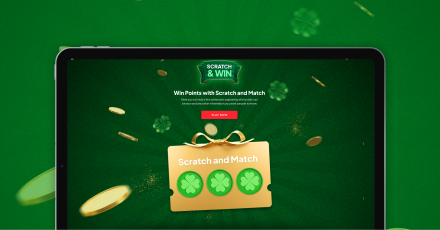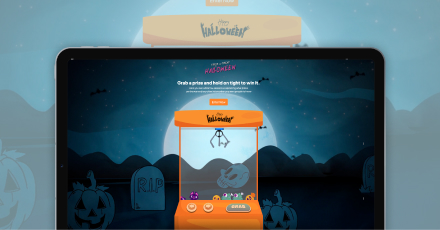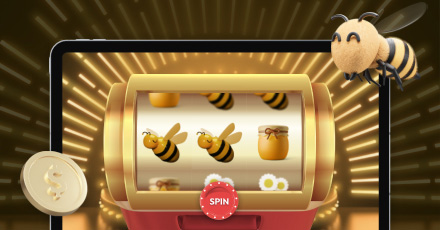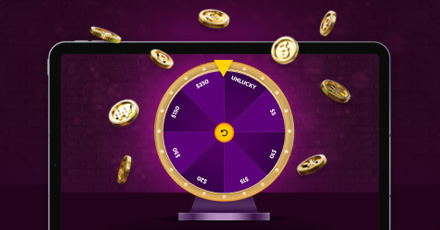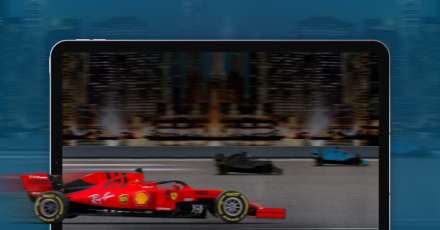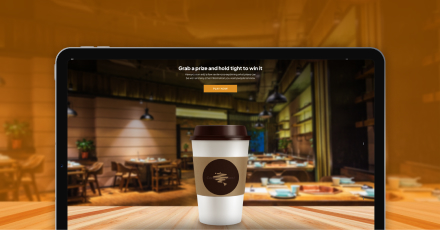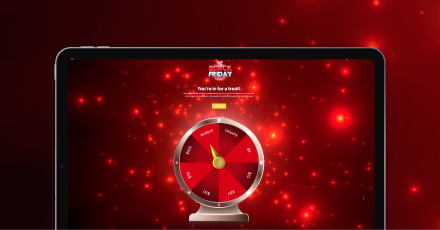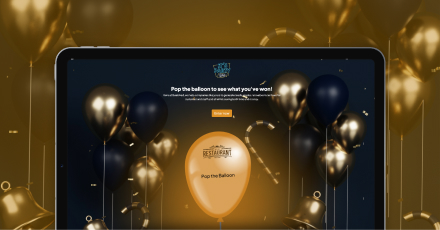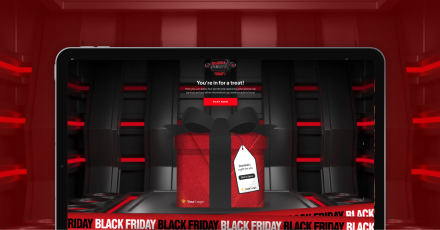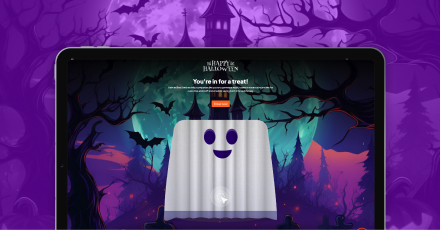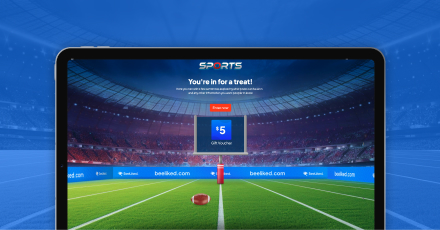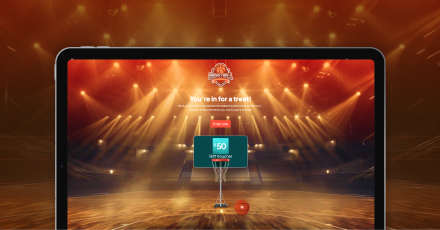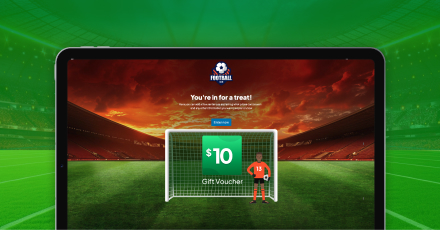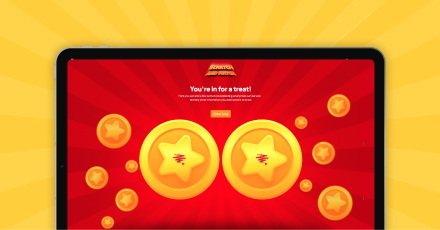Marketers today face a simple but frustrating truth: people tune out passive content. In the attention economy, where human attention has become a limited and valuable resource, countless messages compete for limited focus. Brands that engage their audiences actively are far more likely to stand out. This is why interactive promotions have become one of the most effective ways to cut through the noise. They transform static marketing into engaging experiences, creating a stronger connection with the audience. If you are new to interactive promotions or looking to diversify your marketing mix, here are five simple ways to begin.
Why interactive promotions drive results
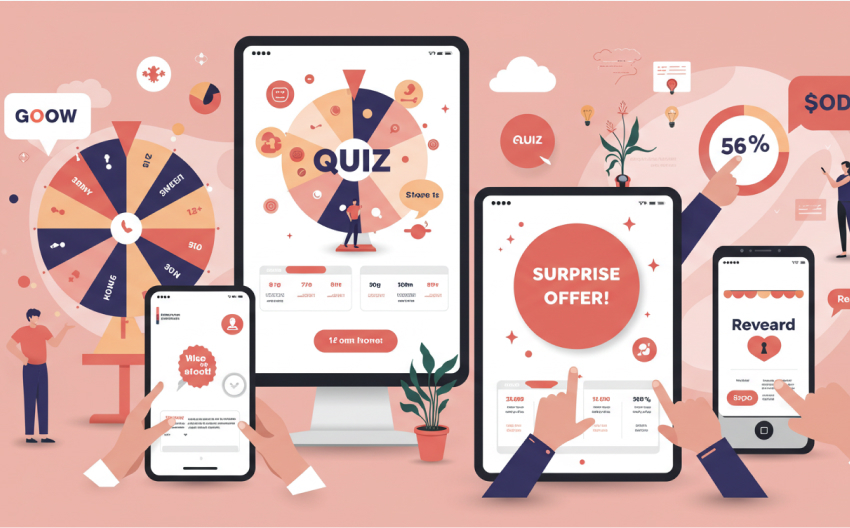
Interactive promotions can take many forms, and their flexibility is one of their key strengths. They can be applied across a range of channels and campaign types, each offering an opportunity to create a more engaging brand experience. The following are five practical ways to use interactive promotions effectively.
- Encouraging active participation: When customers take an action, even a small one, they become more invested in the outcome. This investment increases the likelihood that the brand will be remembered and revisited.
- Generating positive emotional responses: Curiosity, anticipation, and a sense of reward all contribute to a more enjoyable brand experience. Emotional memory is more durable than simple exposure, which means interactive marketing has a lasting impact.
- Providing actionable data: Brands can use the insights gathered through interactive promotions to refine targeting, personalise offers, and deepen customer relationships. Personalisation is no longer optional; according to McKinsey, 71% of consumers now expect personalised communication from brands. As third-party data becomes more difficult to obtain, the ability to gather and apply zero-party data through interactive promotions is an increasingly valuable capability.
5 Simple Ways to Add Interactive Promotions to Your Marketing Mix
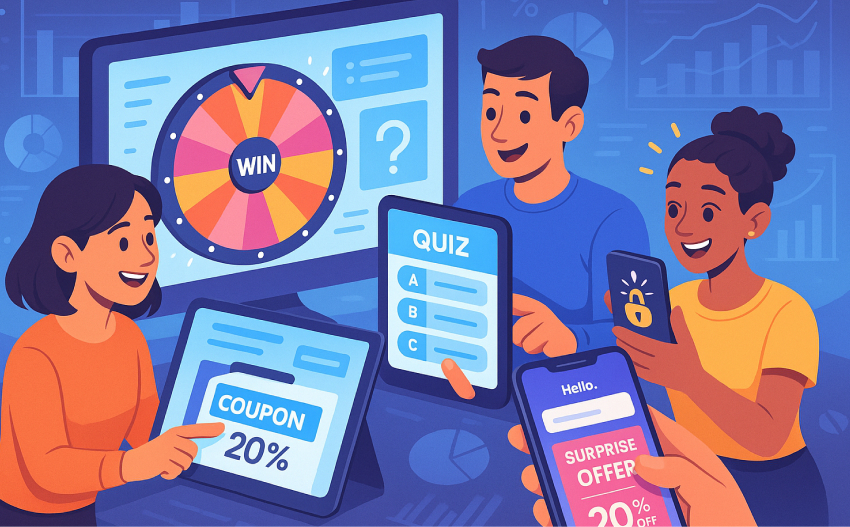
Interactive promotions can take many forms, and their flexibility is one of their key strengths. They can be applied across a range of channels and campaign types, each offering an opportunity to create a more engaging brand experience. The following are five practical ways to use interactive promotions effectively.
1. Adding games to landing pages
Landing pages often serve as key conversion points within a campaign. However, they are frequently built around passive experiences. Visitors arrive, skim the content, and exit. Interactive promotions can help change this pattern.
Integrating a simple game, such as Spin the Wheel or Scratch to Reveal, gives visitors a reason to stay longer and engage more meaningfully with the brand. The anticipation created by these experiences holds attention in ways that static offers do not. A small reward, such as a discount or an exclusive offer, provides additional motivation to participate. In parallel, the brand gains access to zero-party data, which can be used to personalise future communications and offers.
2. Embedding interactive elements in email campaigns
Email continues to deliver strong results for marketers, but standing out in the inbox is increasingly difficult. Interactive campaigns can help differentiate messages and drive higher levels of engagement. Adding features such as tap-to-reveal offers or mini prize draws encourages recipients to interact with the content rather than pass over it. These small interactions foster a stronger connection with the brand and often lead to higher click-through rates.
Importantly, these elements can be incorporated into existing email templates with minimal disruption. The result is a more engaging experience that strengthens the relationship between brand and audience.
3. Using gamified promotions in seasonal campaigns
Seasonal campaigns present a unique opportunity to introduce interactive promotions. During key retail periods, audiences expect brands to offer experiences that go beyond traditional advertising. Interactive promotions align well with this expectation. Gamified formats, such as Unwrap the Gift or Advent Calendars, encourage repeat engagement throughout the campaign. They create moments of discovery and anticipation, helping brands maintain relevance and visibility across multiple touchpoints.
These promotions can also support broader campaign goals, whether driving traffic to online stores, increasing in-store visits, or encouraging repeat purchases. Their adaptability makes them well-suited to seasonal marketing strategies.
4. Driving in-store traffic with QR-based experiences
For brands with physical locations, interactive promotions offer a way to connect online and offline experiences. QR codes provide an effective bridge between the two. Strategically placed QR codes on signage, receipts, packaging, or displays invite customers to engage with mobile-friendly games or prize draws. These experiences introduce surprise during the shopping journey and encourage participation in brand activities beyond the point of sale.
For example, a customer scanning a QR code in-store might be invited to play a game for the chance to win a reward or unlock an exclusive discount. This enhances the in-store experience and also provides the brand with additional insights about customer preferences and behaviour.
5. Encouraging social sharing through interactive promotions
Interactive promotions are inherently shareable, particularly when they are designed to be visually appealing and rewarding. Leveraging this quality can help brands extend their reach and visibility through organic channels. When customers find an interactive experience enjoyable, they are more likely to share it with their networks. This effect can be further strengthened by building incentives into the promotion itself. For example, offering bonus entries into a prize draw for sharing the experience can motivate broader participation.
As organic reach becomes more difficult to achieve, interactive promotions provide a mechanism for brands to generate interest and engagement beyond their immediate audience.
Common mistakes to avoid when using interactive promotions
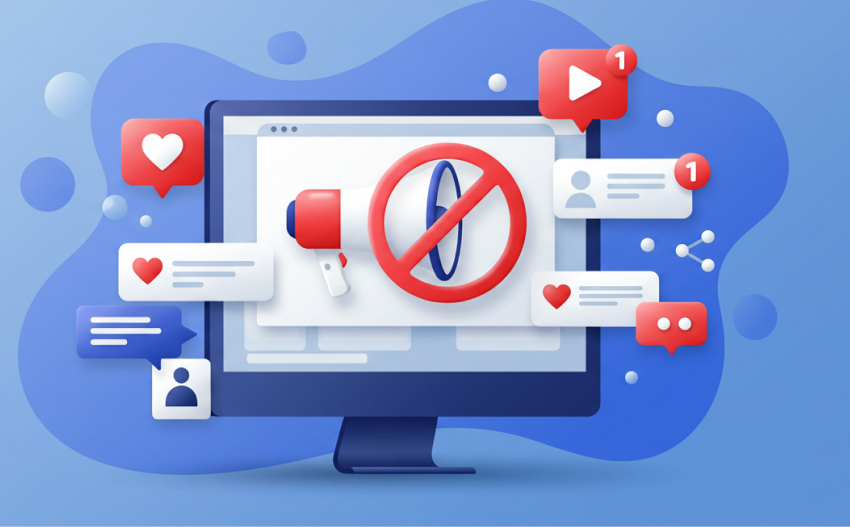
While interactive promotions offer clear advantages, they are most effective when thoughtfully executed. There are a few common pitfalls that brands should avoid:
- Prioritising the promotion over the user experience: If a promotion feels forced or overly transactional, it may undermine trust rather than build it. The experience should feel seamless, intuitive, and aligned with the brand’s tone and values.
- Failing to deliver real value: Customers will not engage with an experience if the perceived reward is not worth their time. The incentive does not need to be large, but it must feel meaningful and appropriate to the audience.
- Overlooking follow-up opportunities: Interactive promotions generate valuable signals about customer interests and preferences. Brands should ensure they have processes in place to act on this data, whether through personalised offers, targeted messaging, or enhanced loyalty programmes.
- Overcomplicating the experience: The most successful interactive promotions are often simple and easy to understand. If participation requires too many steps or creates confusion, customers will disengage.
Add Interactive Promotions to Your Marketing With BeeLiked!
Interactive promotions are not intended to replace traditional marketing efforts. Rather, they enhance them by transforming passive attention into active engagement. Brands do not need to undertake significant changes to begin incorporating interactive promotions. A well-placed game on a landing page, an interactive element in an email, or a seasonal campaign built around audience participation can deliver meaningful results.
In the attention economy, creating experiences that invite participation is essential. Interactive promotions offer a proven way to engage customers meaningfully and strengthen brand relationships over time. Explore BeeLiked’s wide range of interactive promotions to see how we can support your next campaign.
